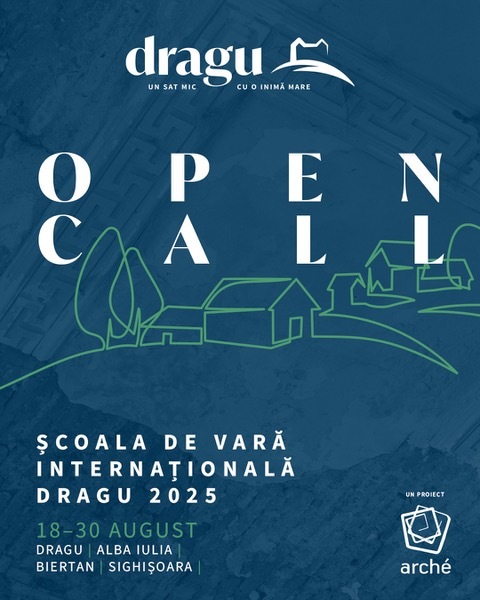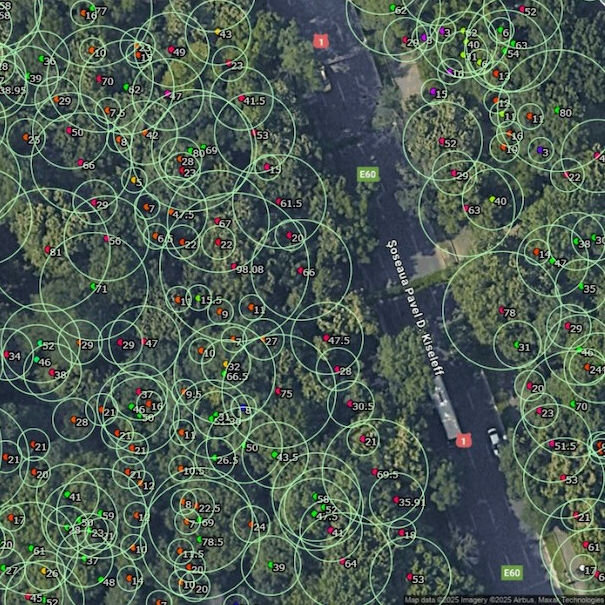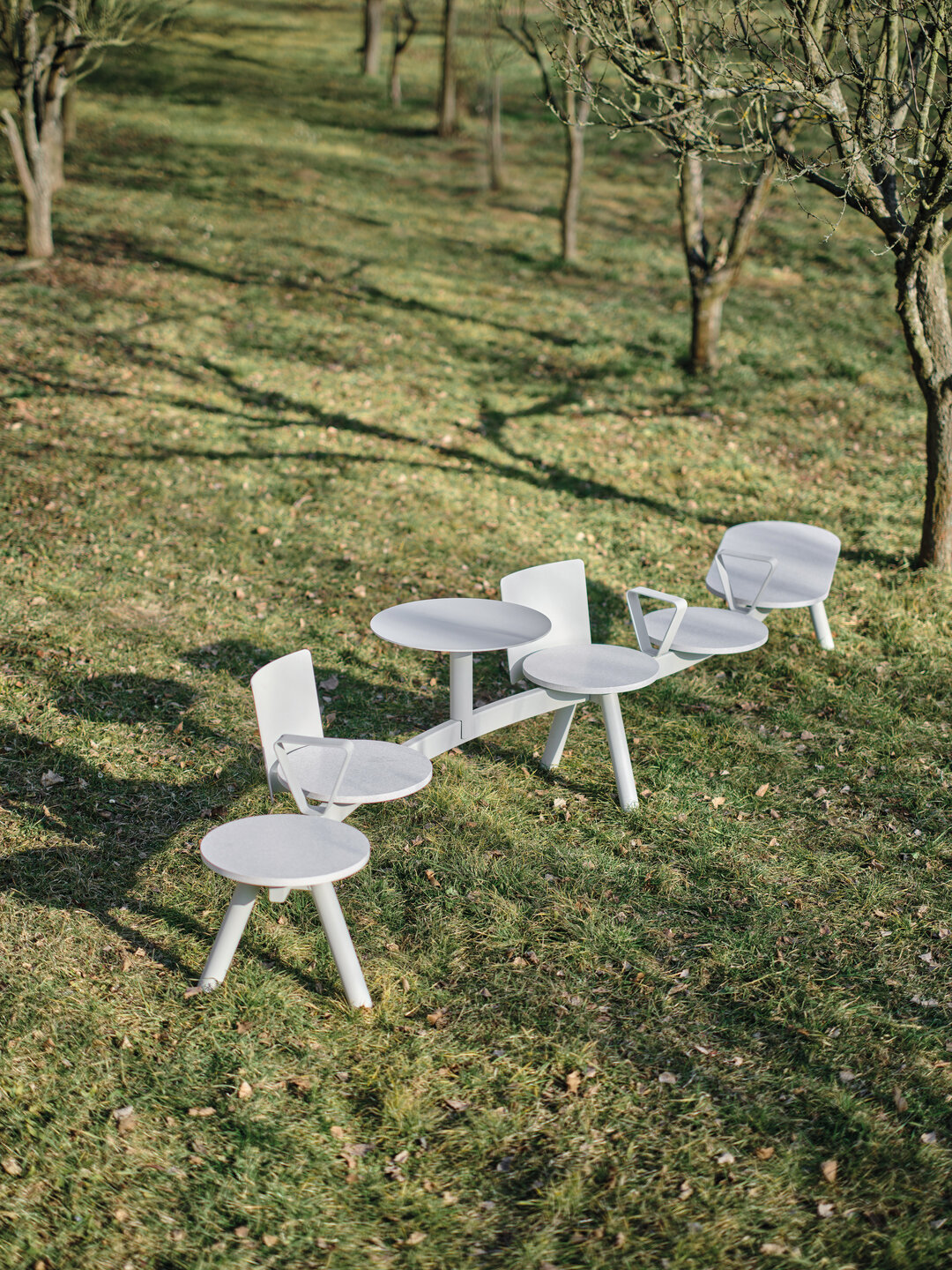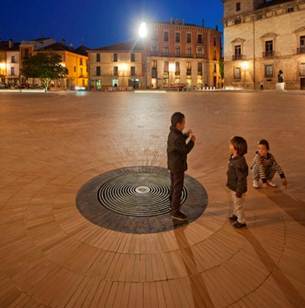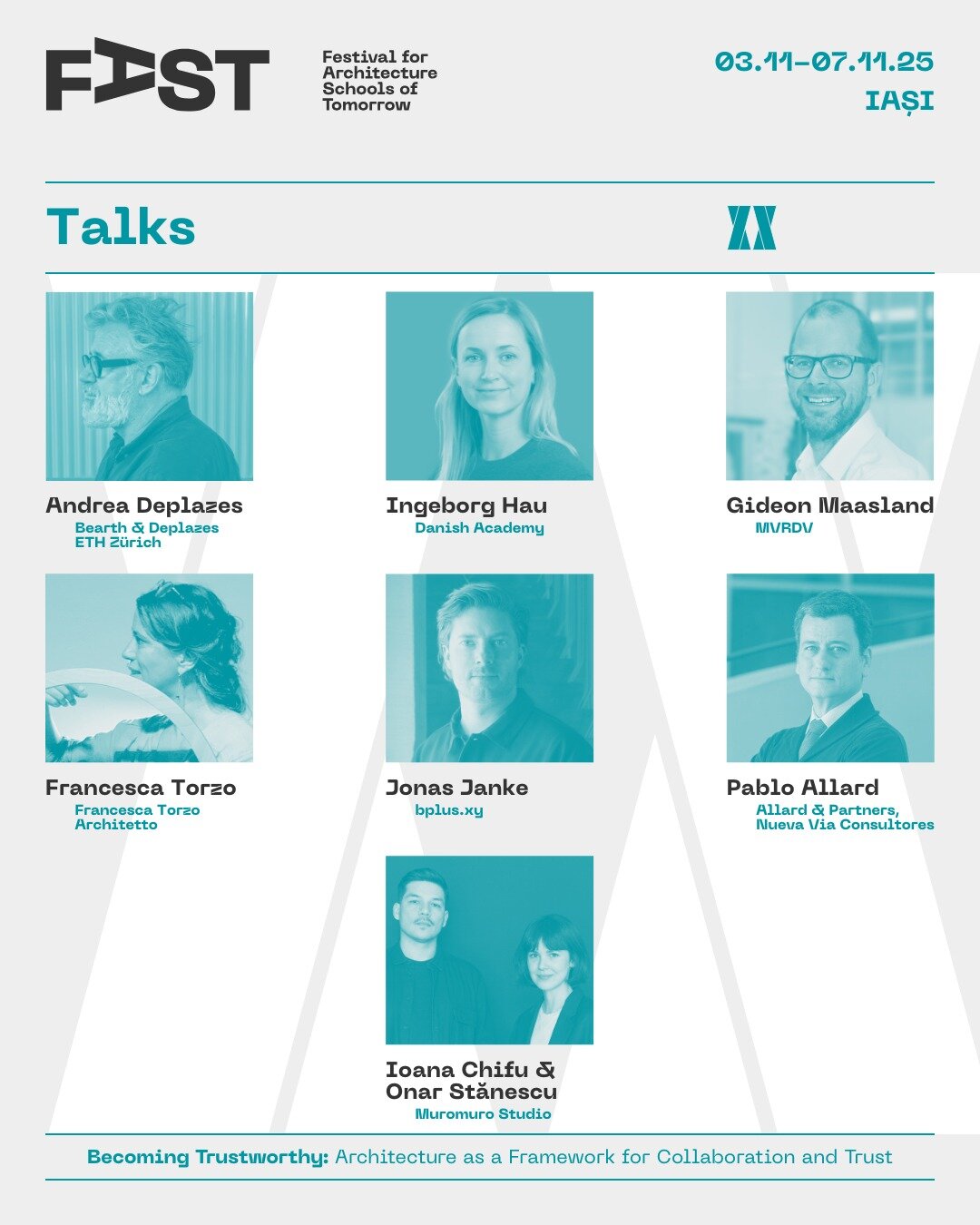
Two Schools receive the top two ASCER Tile of Spain Awards in Architecture and Interior Design
09.01.2013
The panel of judges for the Tile of Spain Awards of Architecture and Interior Design, chaired by leading architect Juan Navarro Baldeweg, met on Wednesday, 14th November in Castellón to decide the winners of the eleventh edition of these Awards, which now boast a consolidated reputation among the architecture community.
The winners _Architecture The jury decided to award first prize in the Architecture category to the project entitled ‘Catering School in a Former Abattoir' (Medina Sidonia, Cadiz) by Sol 89 - María González García and Juanjo López de la Cruz. The judges were unanimous in considering that “this project displayed a strong awareness of the current context, resulting in a resource-economic design yet which demonstrated an outstanding sense of tact and appropriateness”.

_Interior Design First prize in the Interior Design category went to the project for a ‘Teacher Training College’ by Ramón Fernández-Alonso Borrajo. In this case, the judges stressed the “original feature of bringing ceramic tiles from the exterior into the interior of the building”.
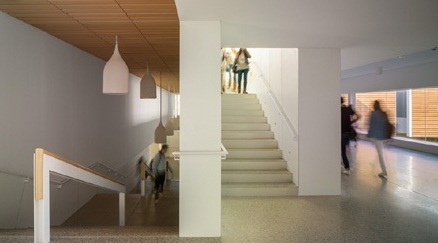
_Special mention In the Architecture category, the judges awarded a special mention to the project entitled ‘Remodelling of Plaza Mayor and Projection over the Duero’ by Churtichaga+Quadra-Salcedo Arquitectos, highlighting “the bold, sweeping gesture of emptying a square and the use of the material in earth tones to create an atmosphere of serenity”.
_Final Year Project Category Finally, the Tile of Spain Awards include a category for the Best Final Year Project by undergraduates at Architecture Schools in which the use of ceramic tiles plays a predominant role. Particularly worthy of mention is the fact that this year, two of the four projects that received special mentions were the work of students from schools outside Spain.
The judges agreed to award first prize to the project entitled “A Meeting of Fabrics– l’unité flottante, inhabiting the Alexander” by Mª Dolores Parrilla Ayuso from the Madrid School of Architecture (ETSAM).
The judges made particular mention of the “recovery and transformation of a former industrial unit into a pilgrims’ hostel which includes the use of a new ceramic fabric patent. The contrast between the robustness and the lightness of this project is highly suggestive. A suggestiveness that is evident in the drawings and sketches used to present this idea”.
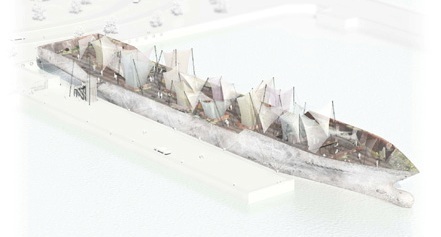
Due to the superb quality of the projects entered for this competition, the judges opted to make four special mentions to the following projects:
_“The Lost Tanka Archipelago” by Michelle Lam, a Master of Architecture student at University College London. When assessing this project, the judges particularly valued its “contribution to research in possibilities provided by ceramic materials”.
_“Cemetery – Island in Fleves, Greece” by Ángela Juarranz Serrano from the Madrid School of Architecture (ETSAM), for her “understanding of the importance of place in achieving symbolic value in the continuity of the landscape”.
_“New value” by Benjamin Reynolds from Architectural Association School of Architecture in London. In this case the judges were especially impressed by “the sophistication and irony of the project by using the design process to question social reality and the imbalance of power”.
_“Revitalising Lisbon’s former cinema-theatres” by Ana González Pérez from the Madrid School of Architecture (ETSAM). In the judges’ opinion, the most outstanding feature of this project was “the regeneration of an area of Lisbon through the creation of gaps and openings, reusing abandoned theatres and applying the ceramic tiles that characterise the centre of Baixa Pombalina in a creative manner”.
More than a decade of Tile of Spain Awards The brilliant trajectory of the Tile of Spain Awards, now in their eleventh year, has earned this event a magnificent standing among the architecture community. Both the prestige of the successive panels of judges, together with the standard of the winning projects, have turned these awards, organised by ASCER, into a major reference on the Spanish and international architecture scene.
On this occasion the panel of judges also stood out for the professional stature of its members. The panel was chaired by leading architect Juan Navarro Baldeweg. Joining him on the panel were architects Luis Martínez Santa-María; Francisco Aires Mateus from Portugal; Joseph Grima, editor of Domus magazine; international designer Matali Crasset; architecture critic from El País newspaper, Anatxu Zabalbeascoa; and Ramón Monfort, from the Castellón College of Architects.

Architecture and Interior Design make up the two main categories of the Tile of Spain Awards, each with cash prizes worth €18,000. There is also a Final Year Project category targeting students of architecture, with €6,000 in prizes. The Awards are sponsored by Vodafone España, Endesa and PortValencia.
The Awards have evolved considerably thanks to the rising standard of the projects presented and the members of the panel of judges. Some of the recent award winners in the Architecture category include the Sea Promenade that backs Benidorm’s Poniente Beach (by Carlos Ferrater and Xavier Martí Galí, OAB Office of Architecture in Barcelona), the Refurbishment of Santa Caterina Market in Barcelona (by Enric Miralles and Benedetta Tagliabue, EMBT Arquitectes), the Peñíscola Convention Centre (by Paredes-Pedrosa Arquitectos), MUCA, the Auditorium and Music Centre in Algueña, the Castilla-La Mancha Archives by Guillermo Vázquez Consuegra, the remodelling of San Vicente de Burriana Street in Castellón, and the Spanish Pavilion at Expo Zaragoza 2008.
Full details of the awards can be found at www.premiosceramica.com







